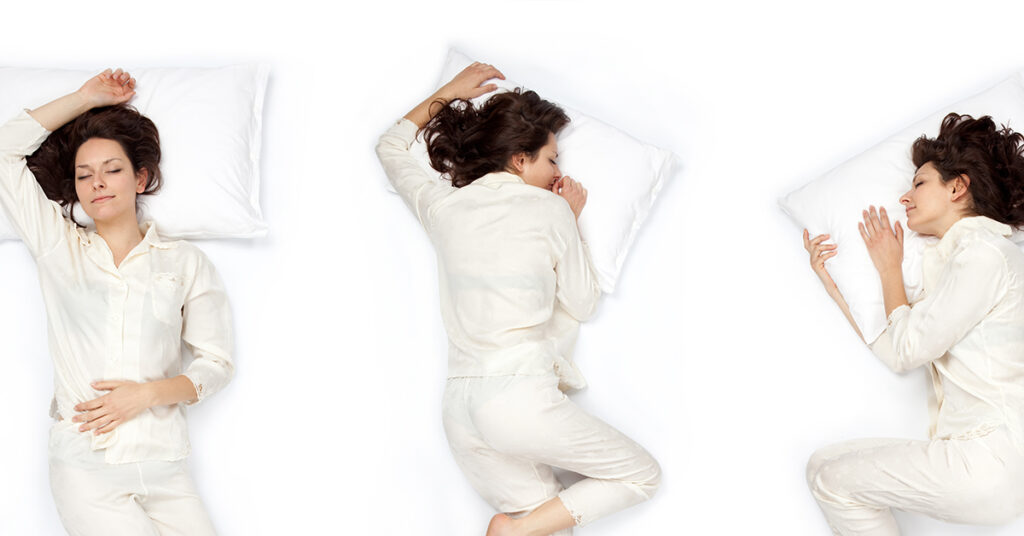A herniated disc occurs when the soft, gel-like center of a spinal disc pushes through a tear in its tougher exterior. This condition may lead to discomfort, numbness, or weakness in an arm or leg. Finding a comfortable sleeping position is a common goal for individuals managing this type of back pain, as your sleep posture might affect the pressure on your spine. Here are some helpful sleep positions for herniated disc relief:
Side Sleeping
When dealing with a herniated disc, sleeping on your side may provide relief by maintaining a more neutral spine alignment. For additional support, you might place a pillow between your knees. This helps align your hips, pelvis, and spine and prevents rotation to reduce stress on your lower back. Drawing your knees slightly toward your chest, into a fetal position, can open up space between the vertebrae. This may decrease pressure on the affected disc.
Back Sleeping
Lying on your back is another position that might help manage herniated disc discomfort. This posture distributes your body weight evenly across a wide surface area. It also promotes a neutral alignment for your head, neck, and spine. Placing a small pillow or a rolled-up towel under your knees provides support and helps maintain the natural curve of your lower back, and alleviates pressure on the spinal nerves. Some individuals also benefit from placing a small, flat pillow or a folded towel under their lower back for extra support.
The height of the pillow under your head can also matter. A pillow that is too high or too low could strain your neck and upper back. Keeping your head and neck aligned with the rest of your spine helps reduce discomfort. Your mattress can also make a significant difference in achieving proper support and alignment. A mattress that is too soft may not provide enough support for your lower back, while one that is too firm could cause pressure points. A medium-firm mattress or one that contours to your body’s natural curves is often recommended for spinal health.
Modified Stomach Sleeping
Stomach sleeping is generally not recommended for people with back pain. It tends to flatten the natural curve of the spine and requires you to turn your head to one side, which twists your neck. If you find it difficult to sleep in any other position, a modified approach may be an option. Placing a pillow under your pelvis and lower abdomen might prevent it from arching excessively, reducing strain. Using a flat pillow under your head could also help keep your neck in a more neutral position. This modified setup attempts to mitigate some of the postural stress typically associated with sleeping on your stomach.
Get Herniated Disc Relief Today
Adjusting your posture with pillows can help support your body and may lead to a more comfortable night’s rest. Pay attention to your body’s signals and make small changes to your sleep setup; these are practical steps toward managing discomfort. If you are experiencing persistent pain from a herniated disc, contact a spine specialist today to learn more about pain relief options.


